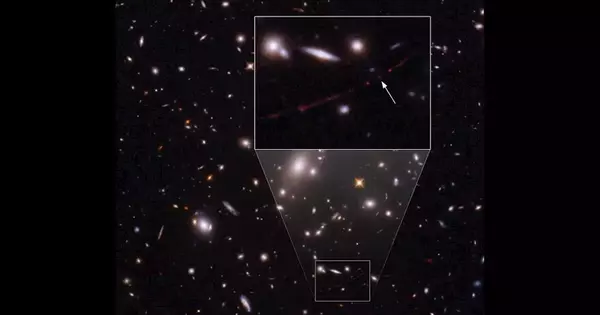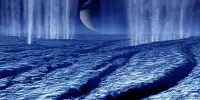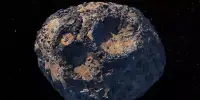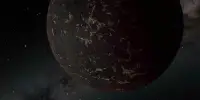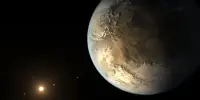NASA’s James Webb Space Telescope has peered into the chaos of the Cartwheel Galaxy, revealing new information about star formation and the galaxy’s central black hole. Webb’s powerful infrared vision captured a detailed image of the Cartwheel and two smaller companion galaxies against a background of many other galaxies. The image provides a new perspective on how the Cartwheel Galaxy has evolved over billions of years.
The Cartwheel Galaxy, located about 500 million light-years away in the Sculptor constellation, is a rare sight. Its appearance, similar to that of a wagon wheel, is the result of a violent event: a high-speed collision between a large spiral galaxy and a smaller galaxy not visible in this image. Collisions of galactic proportions cause a cascade of different, smaller events between the galaxies involved; the Cartwheel is no exception.
The collision had the greatest impact on the galaxy’s shape and structure. The Cartwheel Galaxy has two rings: a bright inner ring and a colorful outer ring. These two rings spread outward from the collision’s center, like ripples in a pond after a stone is thrown into it. Because of these distinguishing characteristics, astronomers refer to this as a “ring galaxy,” a structure that is less common than spiral galaxies like our Milky Way.
Webb’s observations emphasize that the Cartwheel is in its early stages. The galaxy, which was most likely a normal spiral galaxy like the Milky Way prior to the collision, will continue to evolve. While Webb provides a snapshot of the Cartwheel’s current state, it also sheds light on what happened to this galaxy in the past and how it will evolve in the future.
The bright core contains a massive amount of hot dust, with the brightest areas housing massive young star clusters. The outer ring, on the other hand, has been expanding for about 440 million years and is dominated by star formation and supernovas. As this ring expands, it plows into surrounding gas and triggers star formation.
Other telescopes, including the Hubble Space Telescope, have previously examined the Cartwheel. But the dramatic galaxy has been shrouded in mystery – perhaps literally, given the amount of dust that obscures the view. Webb, with its ability to detect infrared light, now uncovers new insights into the nature of the Cartwheel.

Webb’s primary imager, the Near-Infrared Camera (NIRCam), looks in the near-infrared range from 0.6 to 5 microns, detecting critical wavelengths of light that can reveal even more stars than visible light. This is due to the fact that young stars, many of which are forming in the outer ring, are less obscured by dust when observed in infrared light. NIRCam data are colored blue, orange, and yellow in this image.
Individual blue dots in the galaxy represent individual stars or pockets of star formation. NIRCam also shows a distinction between the smooth distribution or shape of older star populations and dense dust in the core and the clumpy shapes associated with younger star populations outside of it.
Learning finer details about the dust that inhabits the galaxy, however, requires Webb’s Mid-Infrared Instrument (MIRI). MIRI data are colored red in this composite image. It reveals regions within the Cartwheel Galaxy rich in hydrocarbons and other chemical compounds, as well as silicate dust, like much of the dust on Earth. These regions form a series of spiraling spokes that essentially form the galaxy’s skeleton. These spokes are evident in previous Hubble observations released in 2018, but they become much more prominent in this Webb image.
Webb’s observations emphasize that the Cartwheel is in its early stages. The galaxy, which was most likely a normal spiral galaxy like the Milky Way prior to the collision, will continue to evolve. While Webb provides a snapshot of the Cartwheel’s current state, it also sheds light on what happened to this galaxy in the past and how it will evolve in the future.
The James Webb Space Telescope is the world’s leading observatory for space science. Webb will investigate mysteries in our solar system, as well as distant worlds orbiting other stars, and will investigate the mysterious structures and origins of our universe and our place in it. Webb is an international program led by NASA in collaboration with ESA and the Canadian Space Agency.
